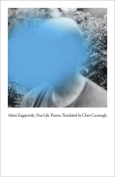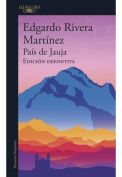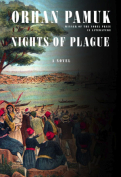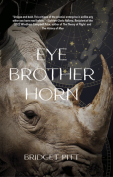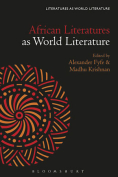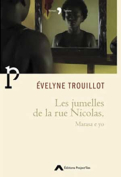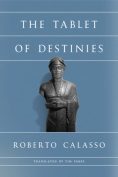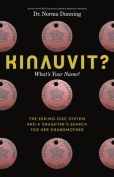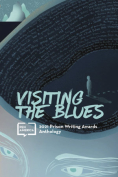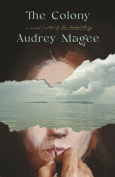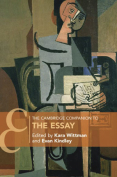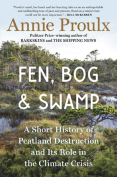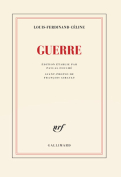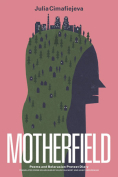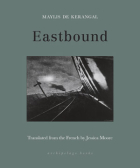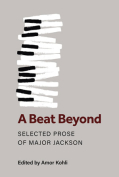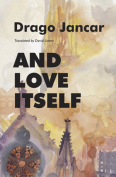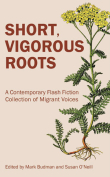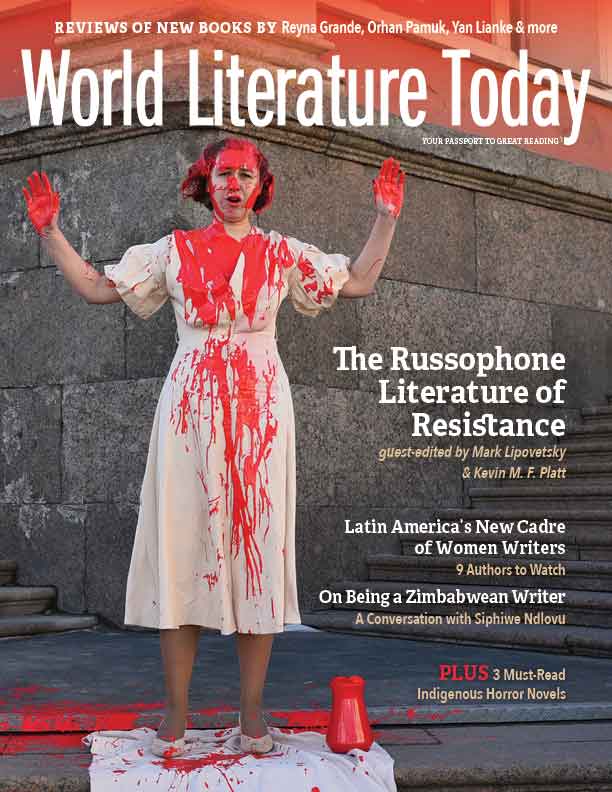Fen, Bog and Swamp: A Short History of Peatland Destruction and Its Role in the Climate Crisis by Annie Proulx
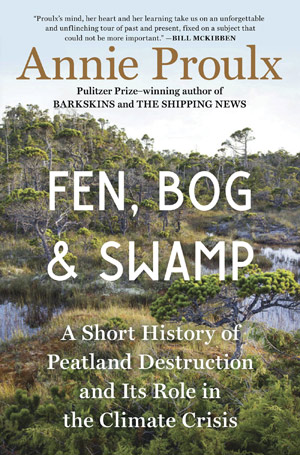 New York. Scribner. 2022. 208 pages.
New York. Scribner. 2022. 208 pages.
FEN, BOG AND SWAMP, by Annie Proulx, is the much-anticipated follow-up to her last work, Barkskins, where Proulx, well known for her fiction, was criticized for her unwieldy attempt to write on ecological issues in a fictional world. Proulx sets about confronting such criticism by producing an extensively well-researched work arguing for the preservation of wetlands vis-à-vis their environmental and historical significance.
In Fen, Bog and Swamp, Proulx delivers a somewhat chaotic history of the three major freshwater peat-producing wetlands that lend their names to the title of the book. The events that are chosen to be worthy of discussion are as varied as birth, religion, war, and disease, yet they seem as if they were randomly chosen without thought to the thread that connects them all.
That is not to say the work is not well-researched. Proulx overwhelms the reader with knowledge that they likely otherwise would never have, yet she includes detail without substance, often not expanding on points that the reader wishes to learn more about and including extraneous details and text without any benefit to her point, as if to show the world the massive number of volumes she scoured in her effort to produce the book. Proulx also keeps close focus on European and Western wetlands without major discussion of anything outside of Europe (or the English-speaking world, for that matter). Though this may be from limitations on source and translation availability, it is still ironic considering the book’s dedication to the people of Ecuador and the lack of representation they and non-Westerners receive save a few lines cast in the direction of the Amazon.
Despite all these criticisms, Proulx delivers an emotionally moving journey, throughout which she confronts the reader with the ways in which humans have adjusted to life in the wetlands and the benefit they have served their ancestors who utilized them. She portrays the ways humans betrayed these wetlands and their human and nonhuman occupants and the consequences of that betrayal.
Proulx imparts the significance of wetlands to sustaining life itself, both historically and now, and unearths questions about responsibility for the ecological destruction of these oases of life. Nobody, Proulx suggests, is blameless, though as individuals we each feel exonerated from the sins of our own kind.
Sohrab Boldaji
Orono, Maine
